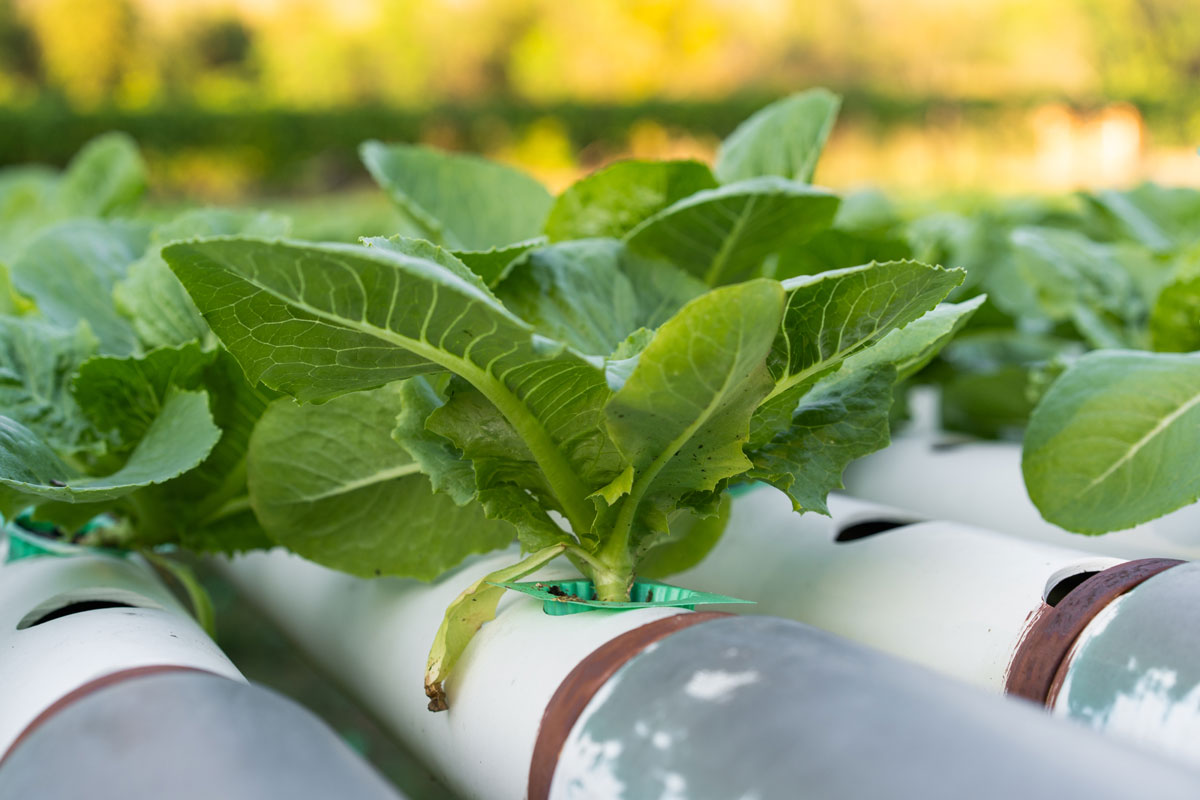Aquaculture, often referred to as fish farming or aquafarming, is the practice of cultivating aquatic organisms, primarily fish, mollusks, crustaceans, and aquatic plants, in controlled environments. This method of food production has gained prominence as a means to meet the increasing global demand for seafood while reducing pressures on wild fish populations. In this article, we will explore the concept of aquaculture, its various forms, environmental considerations, and its role in sustainable food production.
Section 1: Types of Aquaculture
- Finfish Farming: This form of aquaculture focuses on the cultivation of various species of fish, including popular choices such as salmon, tilapia, catfish, and trout. These fish are typically raised in large tanks, ponds, or net pens in freshwater or marine environments.
- Shellfish Farming: Shellfish aquaculture involves the cultivation of mollusks like oysters, clams, mussels, and scallops. These organisms are typically grown in coastal or estuarine waters, either on the seafloor or suspended in cages or ropes.
- Crustacean Farming: Crustacean aquaculture includes the farming of crustaceans such as shrimp, prawns, crabs, and lobsters. These organisms are reared in various systems, including ponds, recirculating aquaculture systems, and indoor tanks.
Section 2: Environmental Considerations
- Water Quality Management: Maintaining suitable water quality is vital for the health and growth of aquaculture organisms. Monitoring parameters such as dissolved oxygen levels, temperature, pH, and nutrient concentrations is crucial to prevent adverse effects on aquatic life and minimize environmental impacts.
- Disease Management: Disease prevention and control are critical in aquaculture operations. Strict biosecurity measures, vaccination programs, and appropriate treatment protocols help minimize the spread of diseases among farmed organisms and reduce the reliance on antibiotics or chemicals.
- Waste Management: Proper management of aquaculture waste, including uneaten feed and excrement, is essential to minimize environmental impact. Implementing efficient waste capture, sedimentation ponds, and filtration systems can help reduce nutrient discharge and maintain water quality.
Section 3: Benefits of Aquaculture
- Sustainable Food Production: Aquaculture provides a significant contribution to global food production, offering a reliable and sustainable source of seafood to meet the nutritional needs of a growing population.
- Reduced Pressure on Wild Fish Stocks: By cultivating fish and other aquatic organisms, aquaculture reduces the pressure on wild fish populations, helping to preserve natural ecosystems and maintain biodiversity.
- Economic Development: Aquaculture contributes to local economies, providing employment opportunities, supporting coastal communities, and promoting economic growth in regions with suitable aquatic resources.
- Food Security: Aquaculture plays a crucial role in ensuring food security by providing a consistent and accessible source of protein-rich seafood, particularly in regions where traditional fishing may be limited or unsustainable.
Conclusion: Aquaculture represents an essential component of sustainable food production, offering a viable solution to meet the increasing global demand for seafood while reducing pressures on wild fish stocks. Through responsible farming practices, including proper environmental management, disease control, and waste management, aquaculture can provide a reliable and environmentally sound source of high-quality seafood. As the world continues to address food security and sustainability challenges, the continued development and advancement of aquaculture practices hold great promise for meeting these global needs.



